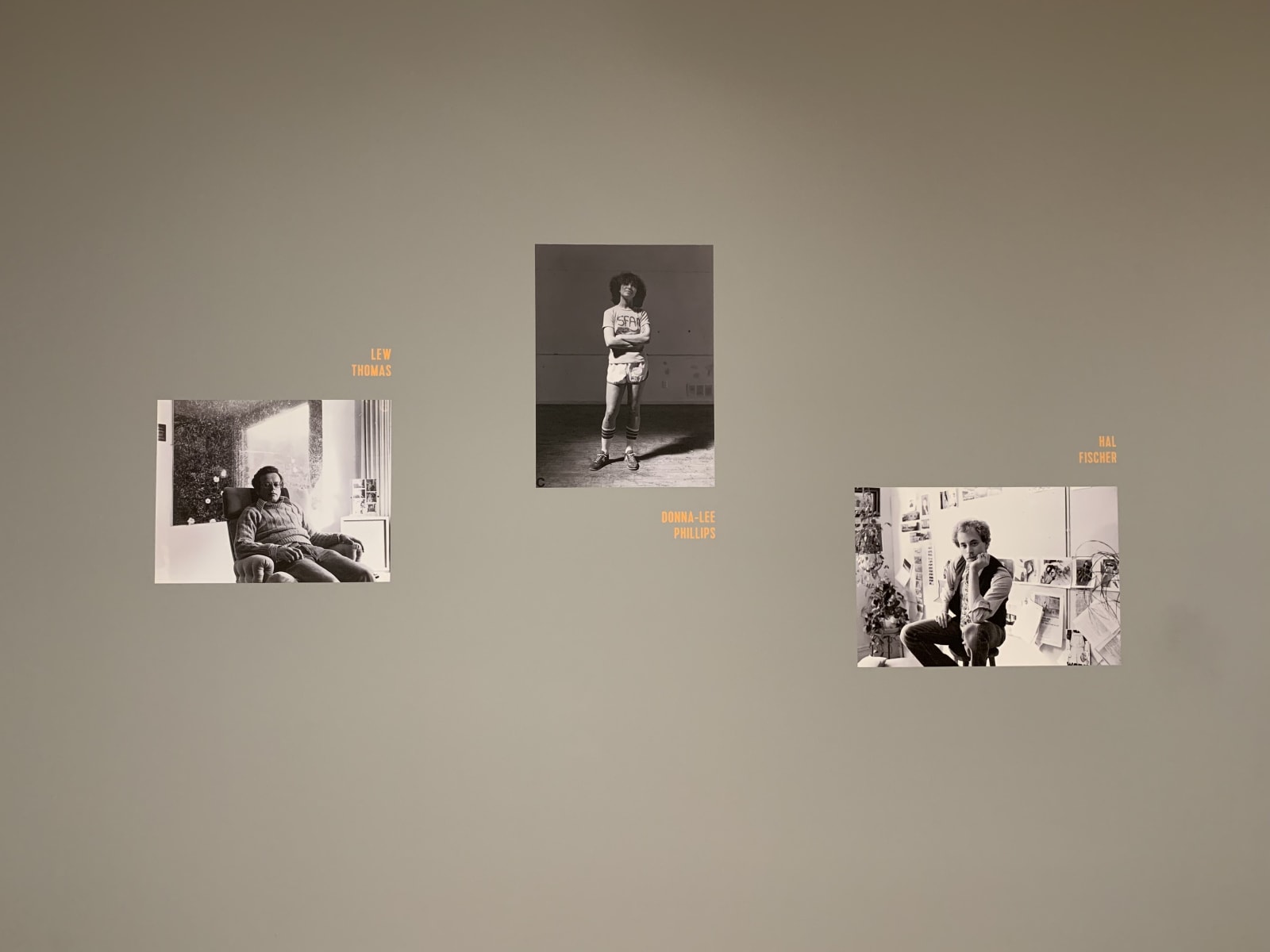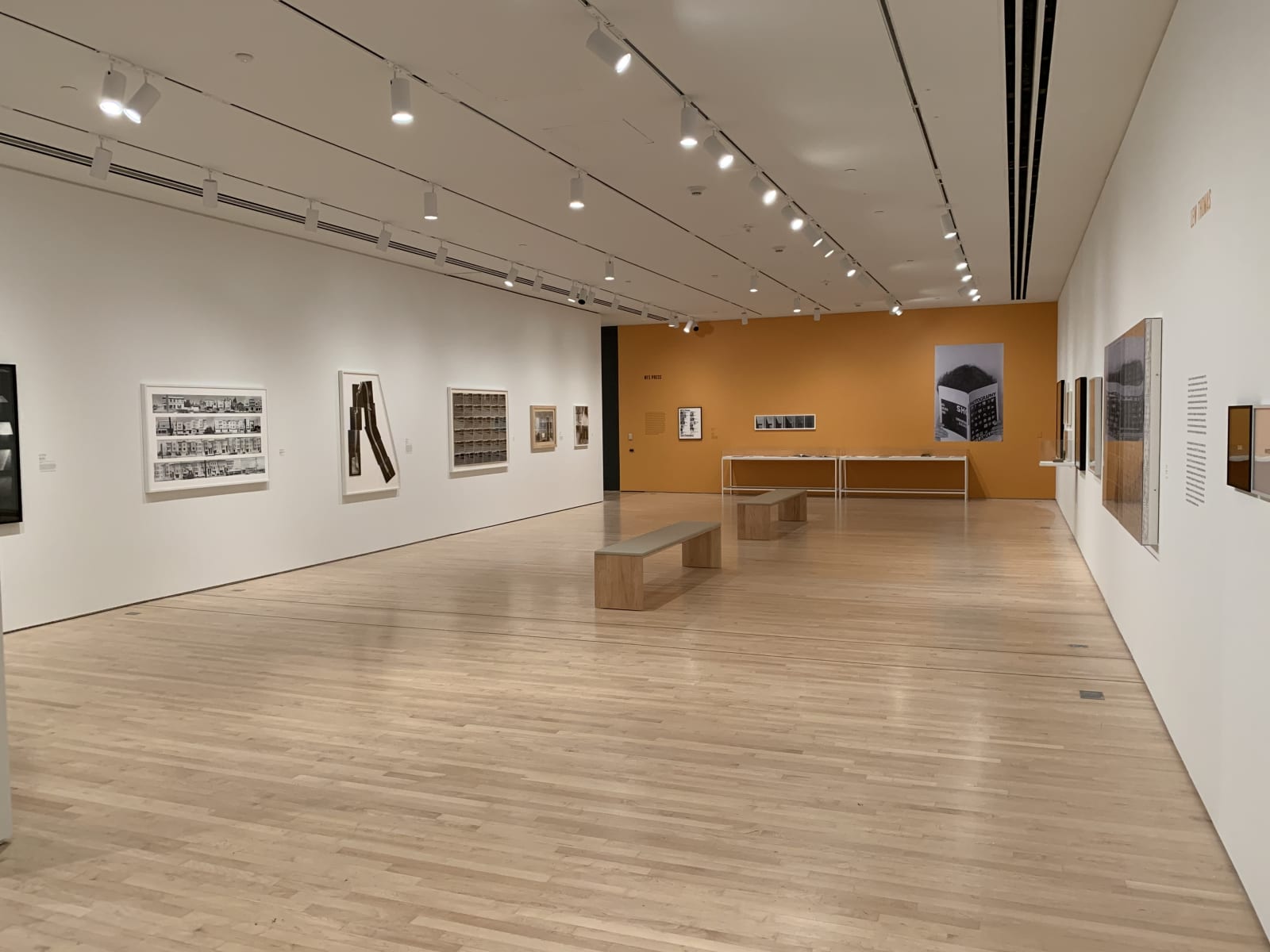There’s something deeply satisfying about exhibitions that focus on a specific time and place. To me, visiting these shows is a bit like time travel. When curators narrow their purview to emphasize overlooked works, underappreciated artists or movements that have simply fallen out of fashion, we get to exist in that time and space, with those voices, for the duration of a show. (It’s no surprise that many of these “reconsiderations” often feature artists and movements previously glossed over by art history.)
Locally, Soul of a Nation: Art in the Age of Black Power does this exceedingly well, zooming in on Black Art of the '60s, '70s and '80s. At Los Angeles’ Museum of Contemporary Art, With Pleasure: Pattern and Decoration in American Art 1972–1985 is stuffed with treasures from a movement that flew in the face of minimalism’s “less is more” approach. And at the San Francisco Museum of Modern Art, Thought Pieces, a show of work by Lew Thomas, Donna-Lee Phillips and Hal Fischer, covers just one incredibly productive decade, when the friends and collaborators dedicated themselves to mining the relationship between photography and language.
Curated by Erin O’Toole, Thought Pieces gathers photographs, publications, correspondence and ephemera from the three artists. Thomas is the ringleader, positioned as a man on a mission to “disrupt” the San Francisco photography scene, which he viewed as overly influenced by “mystical thinking and emotionalism.”
In (high) contrast to this perceived trend, Thomas wanted to distill photography down to its core elements. The first result of this thinking was Black & White, a diptych of the title’s text on solid black and white backgrounds. Thomas later described the piece as a kind of breakthrough; he didn’t need to go somewhere special or even locate a subject to make a photograph. “All the content I would ever need for photography was already with me,” he wrote in his 1978 book Structural(ism) and Photography.
While this may sound limiting, Thomas’ work is delightfully varied. It encompasses conceptual experiments (tossing a camera in the air), serial studies (the movement of daylight across a floor) and deadpan one-liners (a life-sized image of a four-foot-long ruler hangs surreptitiously in a gallery doorway). He also made a number of fragmented photographic collages that operate like impressionist paintings. Individually, the prints contain little to no information. In aggregate, they combine to create a recognizable image. A personal favorite in this vein is The Vacuum, a composite image of a Kenmore vacuum cleaner made out of nine gelatin silver prints. The frame, custom-made to fit the artwork’s irregular shape, is half the fun.
For Phillips and Fischer, the older photographer was a mentor, confidante, supporter and friend. Multiple vitrines featuring letters between the artists, articles written about each other’s work and publications made together testify to these fruitful relationships. A postcard sent by Thomas to Fischer in 1976 seems to document their first meeting. “I don’t encounter many literate people in the photo context, so our conversation was very delightful and informative,” Thomas writes.
On the other side of the triangle, Phillips and Thomas cofounded NFS Press in 1975, which published Structural(ism) and Photography along with titles like Eros & Photography (co-edited by Phillips and Thomas) and Fischer’s 1977 book Gay Semiotics (initially banned, Fischer remembers, from the SFMOMA bookstore). Phillips’ personal work showcases both her design sensibility and feminist take on conceptual photography. The series 100 Chairs, More or Lessseems to pick up (with more cheek) where Joseph Kosuth left off.
“This is certainly a chair,” reads the rubber-stamped text beneath one of Phillips’ identical chair photographs. “This is probably a chair,” says another. In her series Fragments from a Visual Journal, self-portraits made over two months in 1977, her clothing selections (or lack thereof) combine with flow-of-consciousness text to detail her mental and physical state.
Nothing happens per se, but as text included in another one of her works says, “Nothing photographed is something.” Like Thomas, all the content she needed was already with her.
Much of the power in all three artists’ work comes from the demonstration of how images change as different text is applied to them (or conversely, what happens when an image changes and text remains static). The former is most noticeable in Fischer’s Civic Center, three identical prints of San Francisco’s city hall presented with three different captions. The first describes a Gay Pride parade in June 1978. The second details celebrations after the Briggs Initiative, which would have banned gay and lesbian teachers from California’s public schools, failed to pass. And the third, dated Nov. 29, 1978, sketches the aftermath of Harvey Milk’s murder.
All of Fischer’s work has a tinge of sociological study to it. With deadpan humor and precise writing, Fischer breaks down the visual coding of the Castro scene in Gay Semiotics, documents his own sexual encounters and captures 24 hours of activity at a San Francisco bus stop.
The limited scope of Thought Pieces functions much like one of Lew, Phillips or Fischer’s own series. There are constraints, temporal and physical, to the presentation. On the time-travel front, it’s worth noting that the three artists’ work hasn’t been shown together since 1981, when Thomas organized a show called Photographs and Words at SFMOMA. The focus on the '70s also means Thought Pieces answers few questions of the “where are they now?” variety.
But as a document of a close-knit artistic circle establishing a visual language of their own—one that continues to read as fresh, engaging and intellectually gratifying—Thought Pieces proves even a three-person community can push artistic production into new realms.




